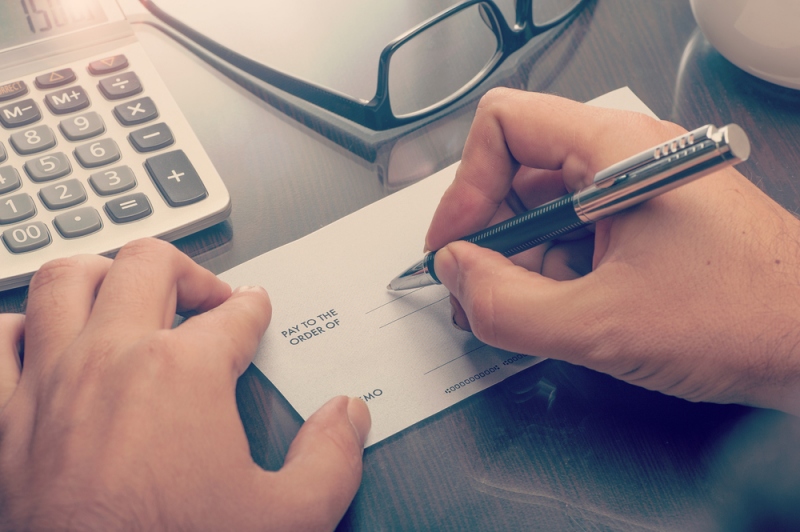Not too long ago, most business and personal transactions involved the use of checks. People needed these items to pay for products or services. A check is nothing more than an order written by hand on a specially printed paper that provides details to the bank regarding the transfer of funds to a particular person or entity. Generally, when a person opens a checking account, the financial institution gives them a set of checks for free. If the person needs more or wishes to print something specific on them, then the bank will charge a free.

Although checks have hi storically been more convenient because they are easy to carry and provide a record of the expense, today’s electronic mechanisms mostly make these transactions obsolete. Nevertheless, some operations require their use, specifically for businesses. However, instead of having to deal with these types of transactions, businesses can use check printing and mailing services.
Certified checks
There are different types of checks, and each has different fees. One example is a certified check. This type of payment is guaranteed by the bank holder’s account. The financial institution verifies the signature and ensures that the account owner has the money to cover the transaction, thus certifying the funds. These are useful in cases where cash is too impractical to use, and a personal check is not safe enough. Furthermore, when the payment involves a large sum of money, all parties involved are better served by using this form of payment as it eliminates risks. Many government-type transactions, especially in smaller towns, require payment via certified check. This type of monetary authorization costs around ten dollars. Nevertheless, some banks will provide a few checks a year at no cost to their clients depending on the type of account that they hold with the bank.
Cashier’s checks and money orders
As with a certified check, a cashier’s check is also an official tender. However, these differ in that the funds are drawn from the bank’s account and not from that of the account holder. In practically all cases, the purchaser cannot issue a stop payment in either, thus being perfect for guaranteed transaction. Money orders are similar to cashier’s check but are used for lower amounts. These also cost less. Most places will issue a money order for under five dollars. Other places like Walmart sell money orders for 70 cents for transactions that are less than 1000 dollars, making these an attractive alternative to other forms of payment. Since many types of establishments, including convenience stores, post offices, retail stores, and supermarkets, among others, sell money orders, these are easier to obtain. People can simply approach the customer service counter while shopping or pumping gasoline. Nevertheless, there are limits to the dollar value of a money order. Therefore, if a transaction is less than 1000 dollars, then this type of tender is appropriate.
Personal checks
Apart from using direct wire transfers, electronic fund transfers (EFT), automatic credit card payments, or PayPal, a personal check is a convenient way to pay for something. This form is arguably obsolete, and most people probably do not use checks as a normal form or payment. Nevertheless, when comparing physical forms, these are indisputably the most useful. Anyone with a checking account from an accredited financial institution will have access to this form of payment. Furthermore, the cost is the least when compared to the other paper documents. Most banks will offer checking accounts that charge nothing for a certain amount of checks per month. Furthermore, a checkbook will cost around 12 dollars for a book consisting of roughly 240 checks. This means that the cost of each is around 5 cents.
